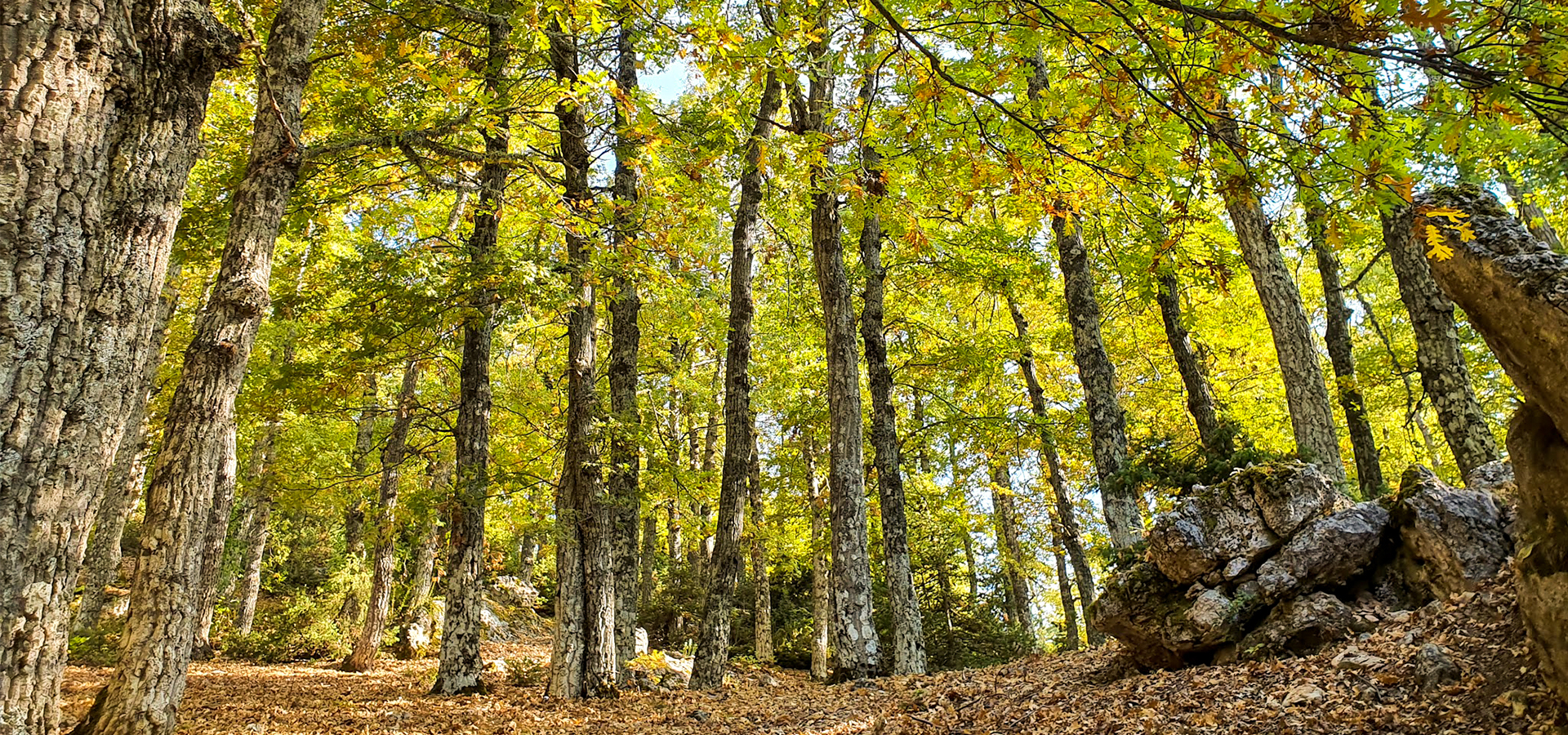
Why do leaves change colors in Autumn?
- September 26, 2023
- 0
First let’s think about why some trees drop their leaves before winter.
In winter, it would take a lot of energy and water for plants to keep their leaves healthy. But winter is cold, dry, and usually there isn’t much sun (which helps give plants energy). So, instead of trying to keep their leaves, some plants drop their leaves and seal the spots on their branches where the leaves had been attached.
How is this related to what makes leaves colorful?
Leaves are colored by molecules called pigments. The pigment that causes leaves to be green is chlorophyll. Chlorophyll is important for plants to make food using sunlight. During spring and summer when there is plenty of sunlight, plants make a lot of chlorophyll.
In autumn when it starts to get cold, some plants stop making chlorophyll. Instead, those plants break down chlorophyll into smaller molecules. As chlorophyll goes away, other pigments start to show their colors. This is why leaves turn yellow or red in fall.

The color change usually happens before the leaves fall off of the tree. Why might that be? It takes a lot of energy to make chlorophyll. If the plants break down the chlorophyll and move it out of their leaves before the leaves fall, plants save energy. The plants can reabsorb the molecules that make up chlorophyll. Then, when it’s warm and sunny enough to grow again, the plants can use those molecules to remake the chlorophyll. That way the plants don’t have to make chlorophyll from scratch.

There are other pigments in leaves called carotenoids. Carotenoids are yellow and orange. Anthocyanins are other plant pigments that are only made in the fall. These pigments cause red, pink, or purple colors. Anthocyanins also protect leaves from being eaten or getting sun burned.
So the different colors in leaves are caused by changes in the pigments. When the weather changes, some plants break down all the green pigment. This lets beautiful yellows, oranges, and reds come through in the fall.











